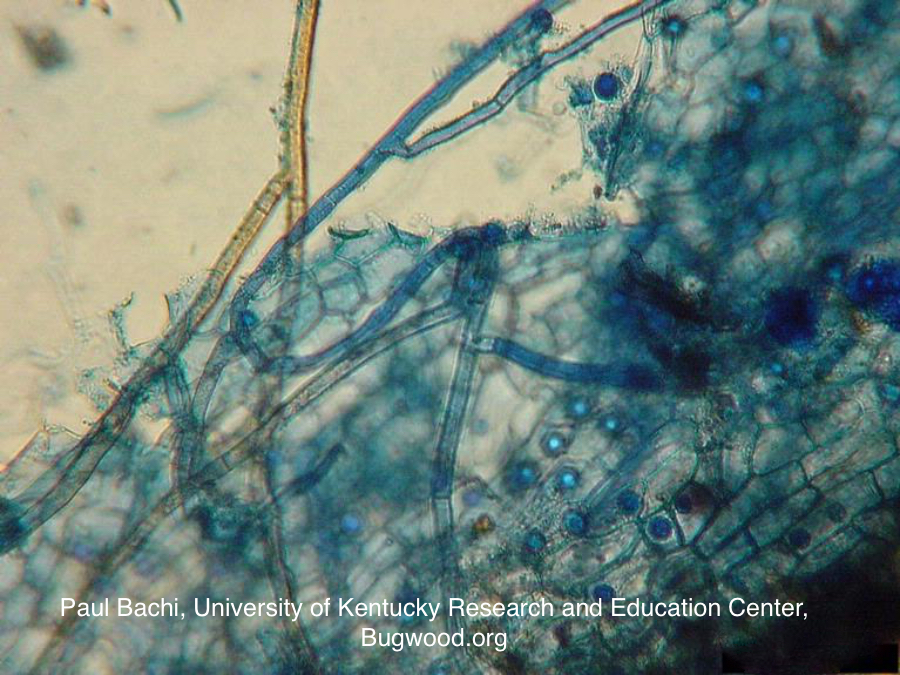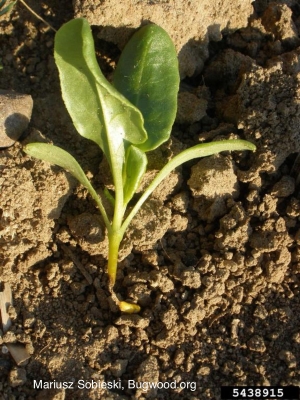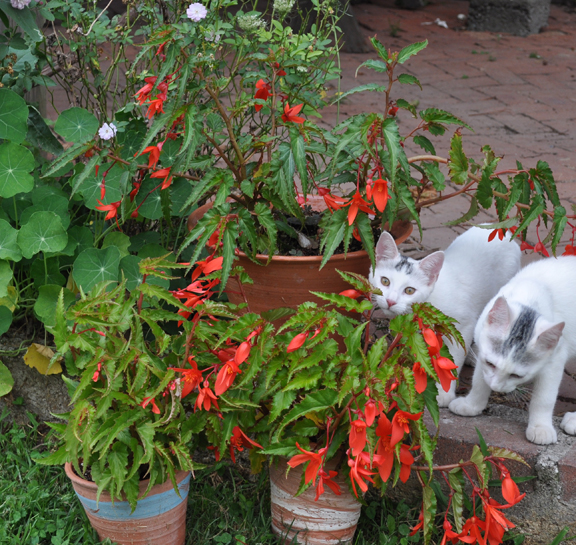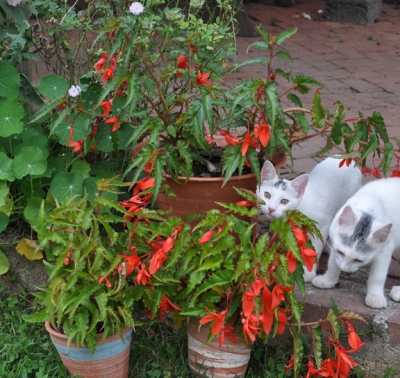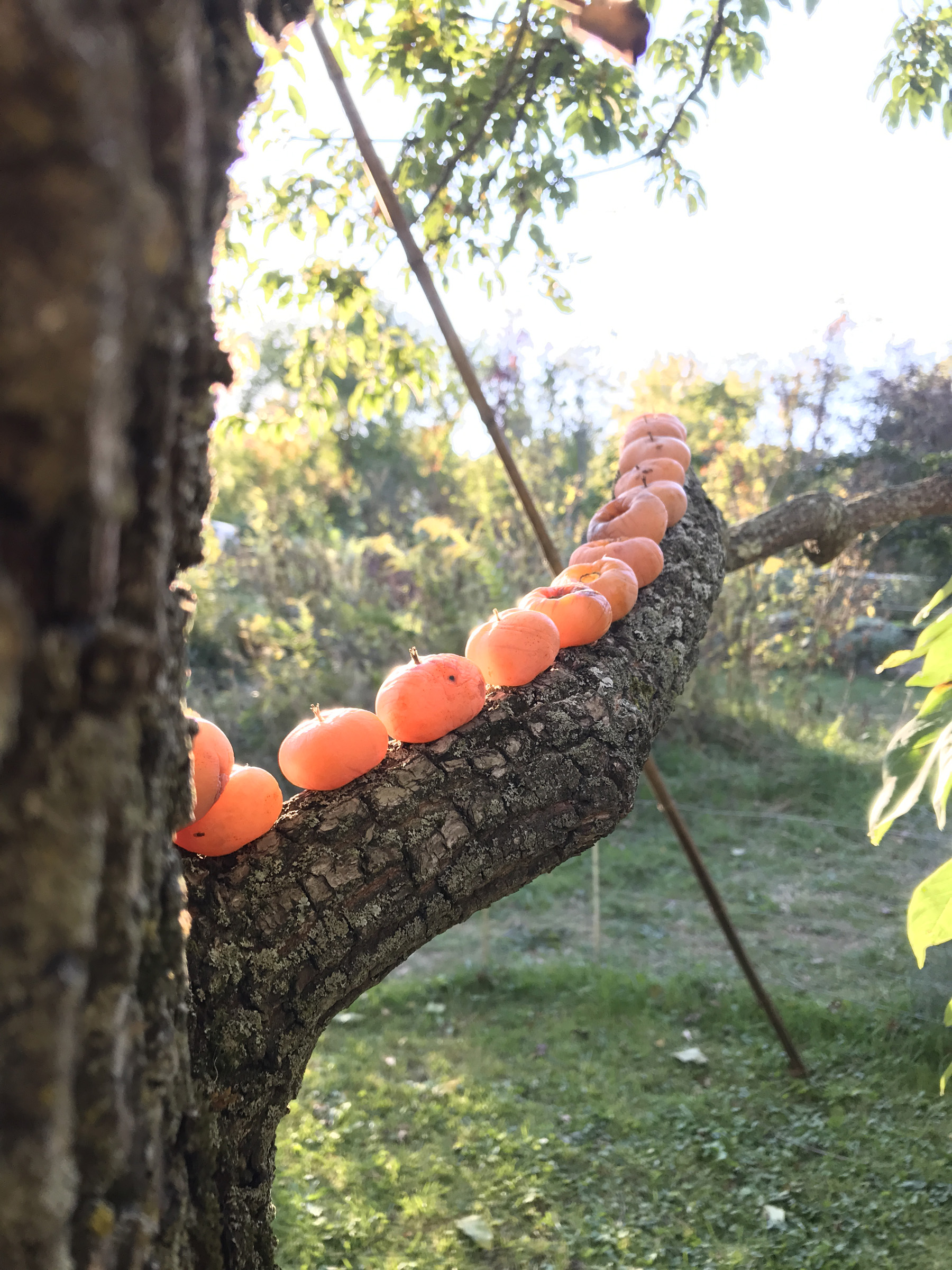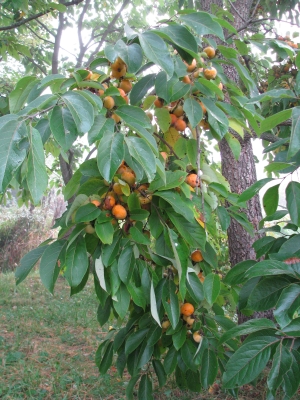SWEET CORN: OLD VARIETY, MODERN GROWING
Genetics: Up, Up, Up with the Sugar
I plan on eating sweet corn almost daily from about the middle of July until early autumn. I know the arguments against growing sweet corn in a backyard garden: It’s cheap at the farmstand and space-hungry in the garden. What’s more, the most modern, “supersweet” varieties hold their sweetness for days.
The supersweet varieties are truly supersweet. But “supersweet” is too much of a catchall term. Old-fashioned corn, the Papoon corn developed around 1750 by the Haudenosaunee Confederacy and still available today, is noted for its creamy texture and 9 percent sugar due to its SU gene. Unfortunately, those sugars start changing into starch as soon as an ear is harvested.
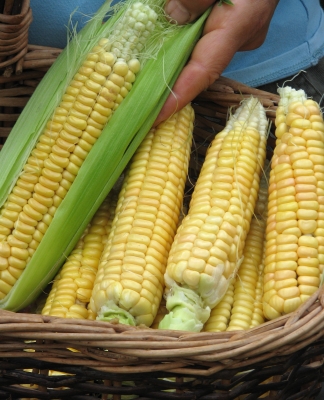
Golden Bantam sweet corn
In the latter half of the 20th century, “Sugary enhanced” sweet corn came on the scene. The SE gene incorporated into sweet corn varieties jacked sugar levels up to 17 percent. More Sugar meant more time for sweetness to hold following harvest. SE kernels are very tender.
Soon after, another gene, SH2 or “shrunken-2,” was found, which pushed that sweetness even higher, up to 35 percent! Read more

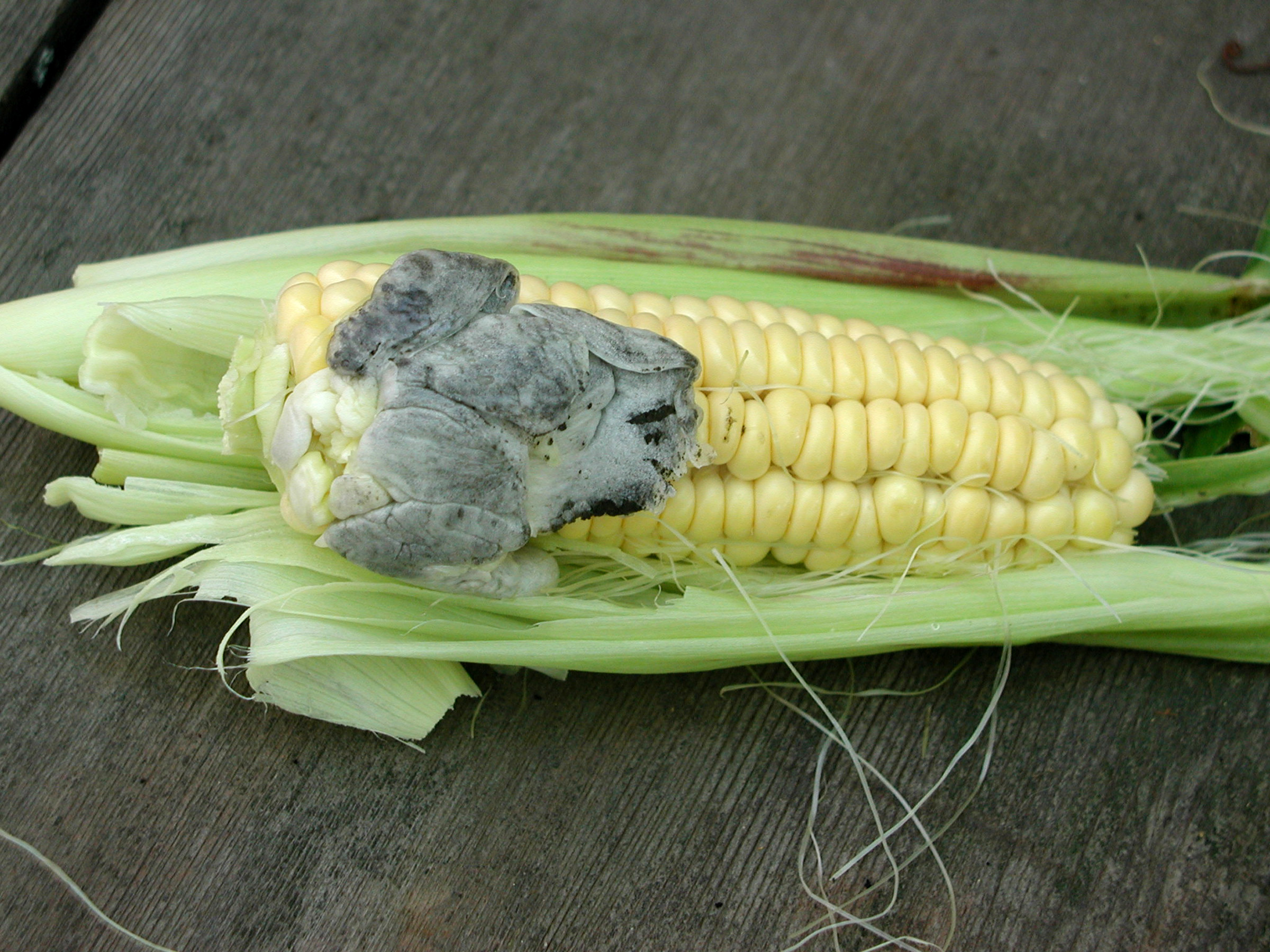
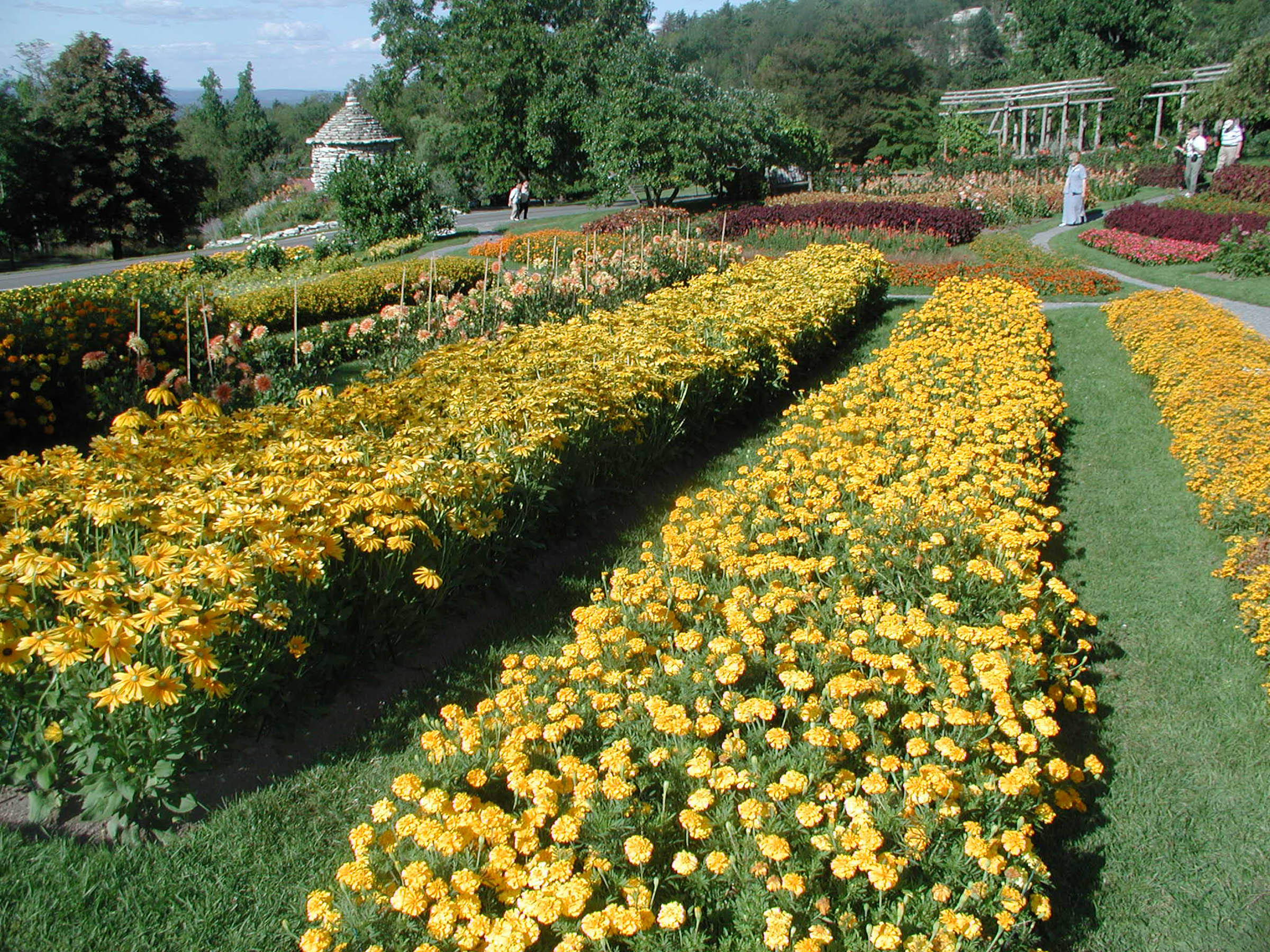
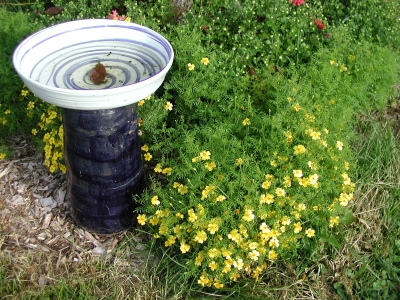
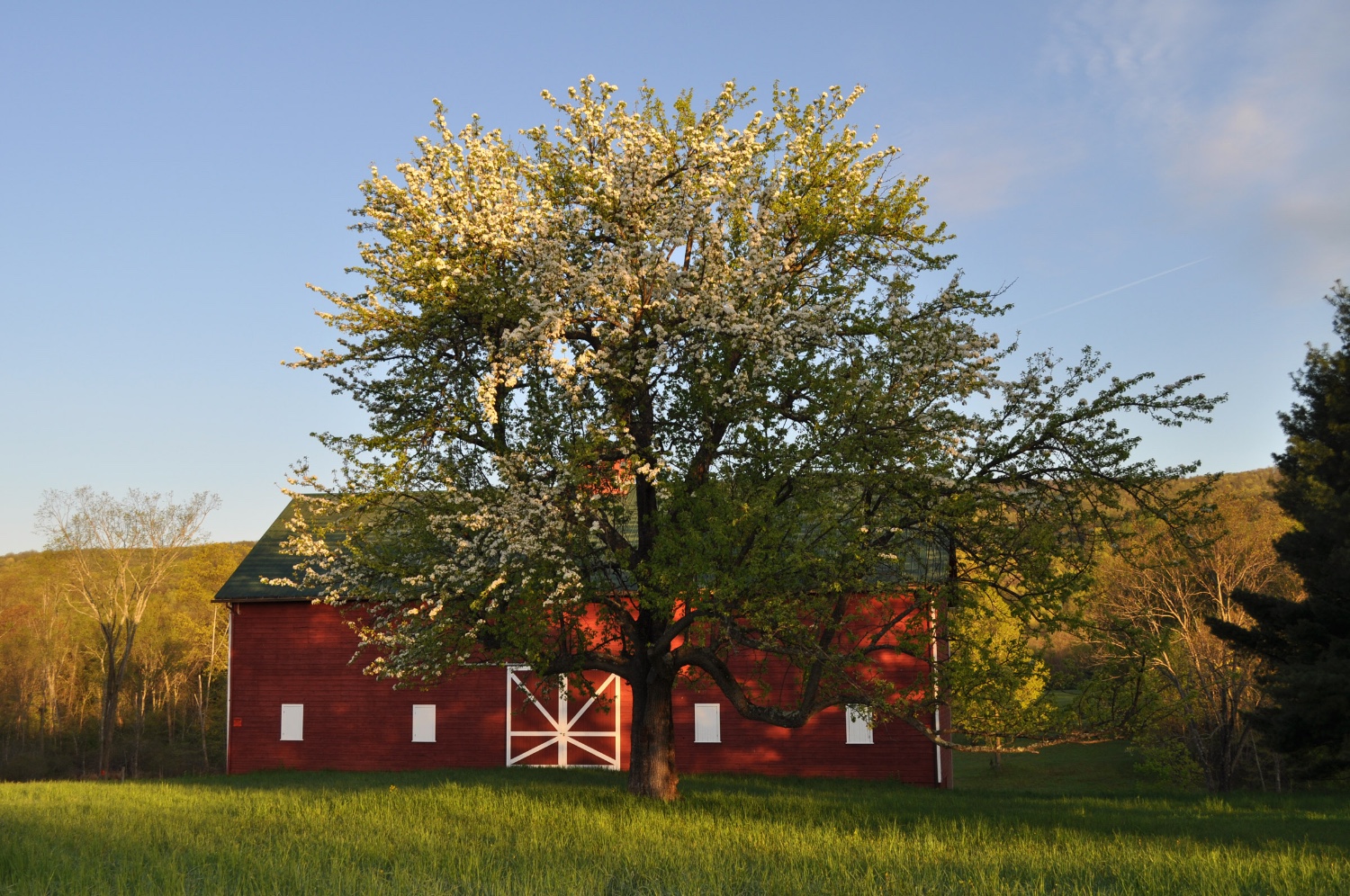
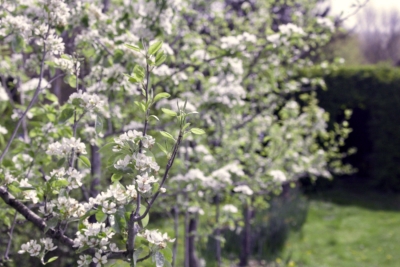
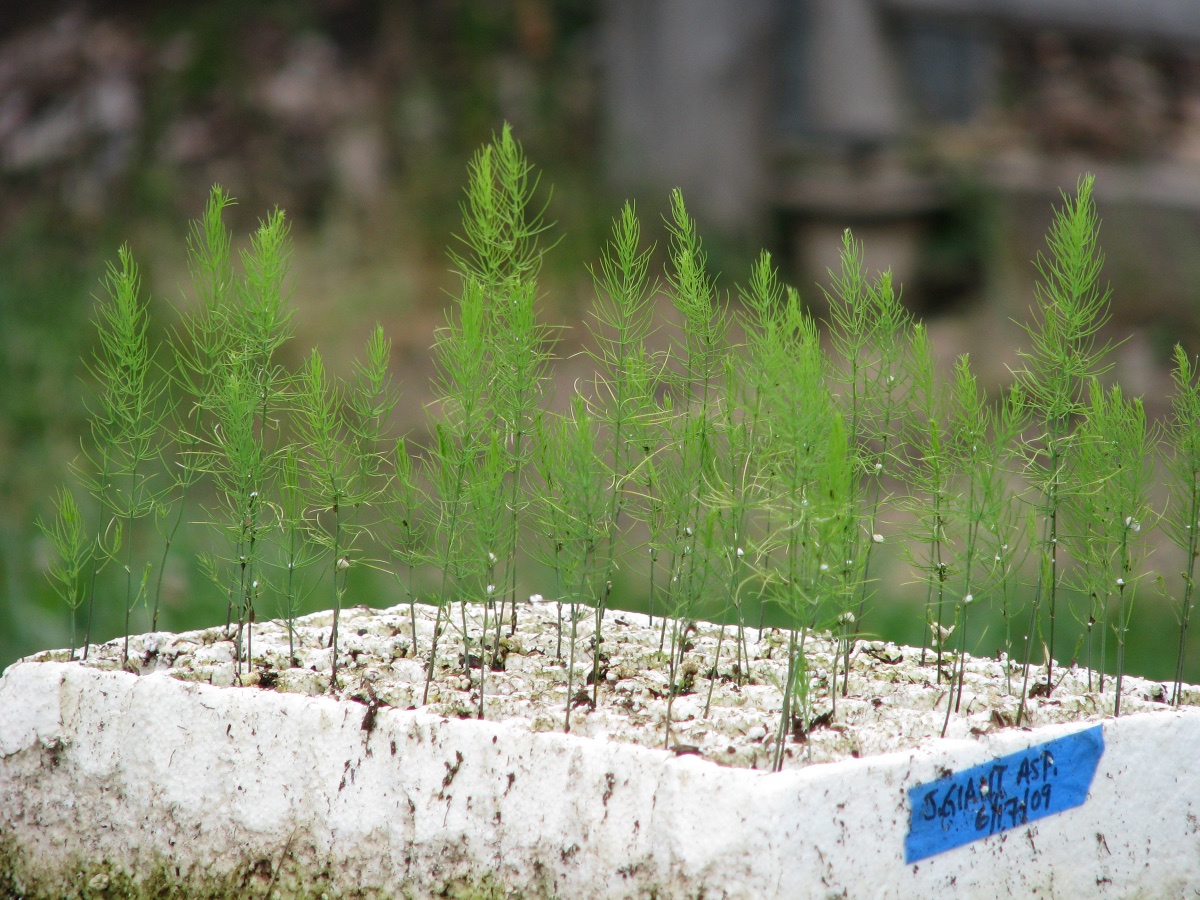
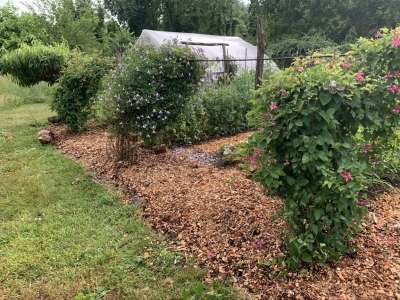
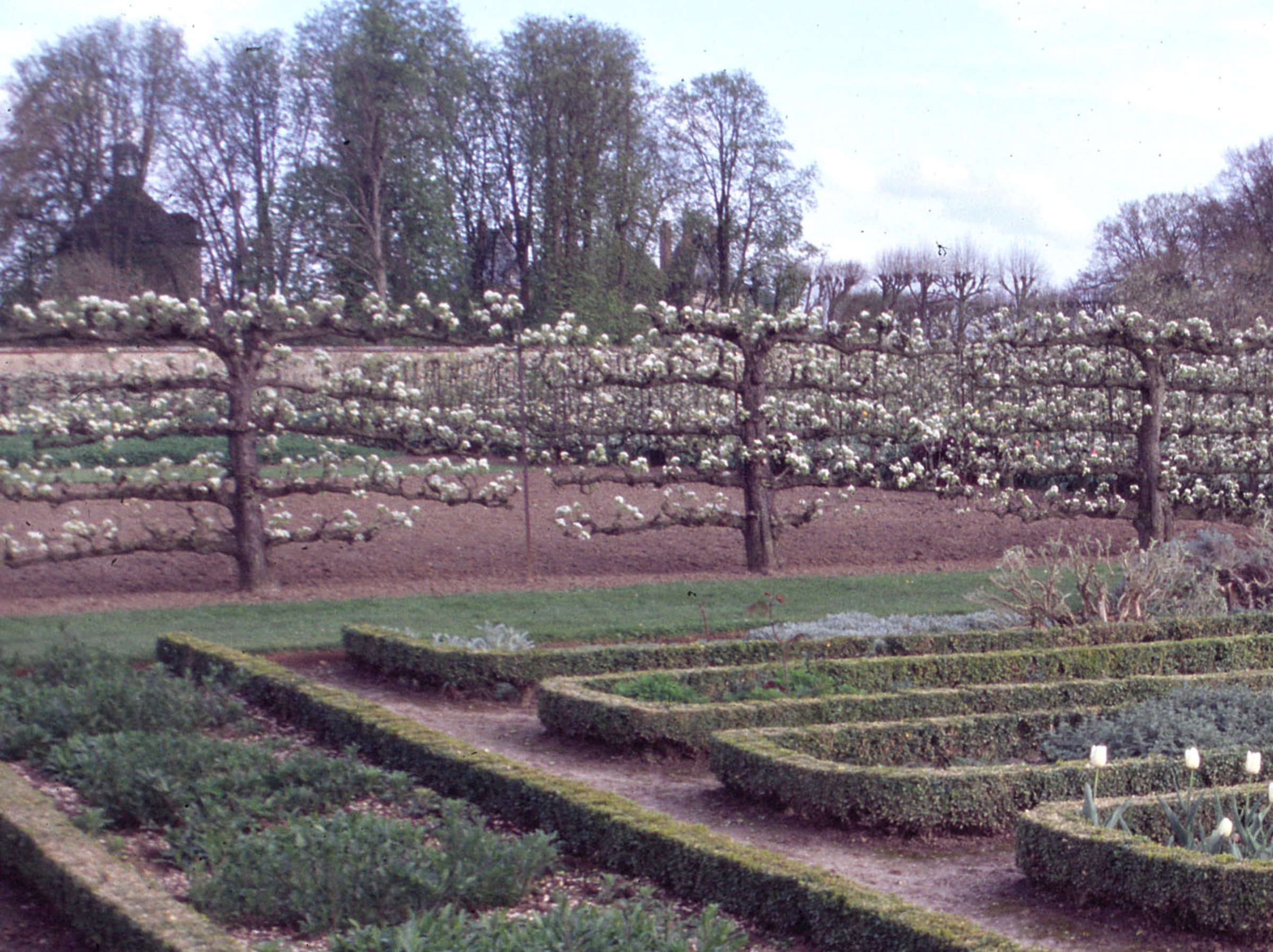
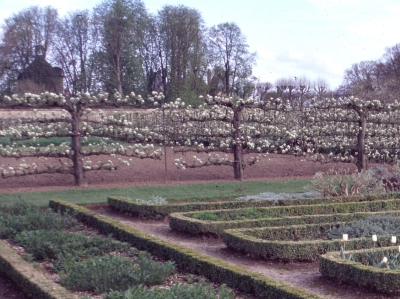
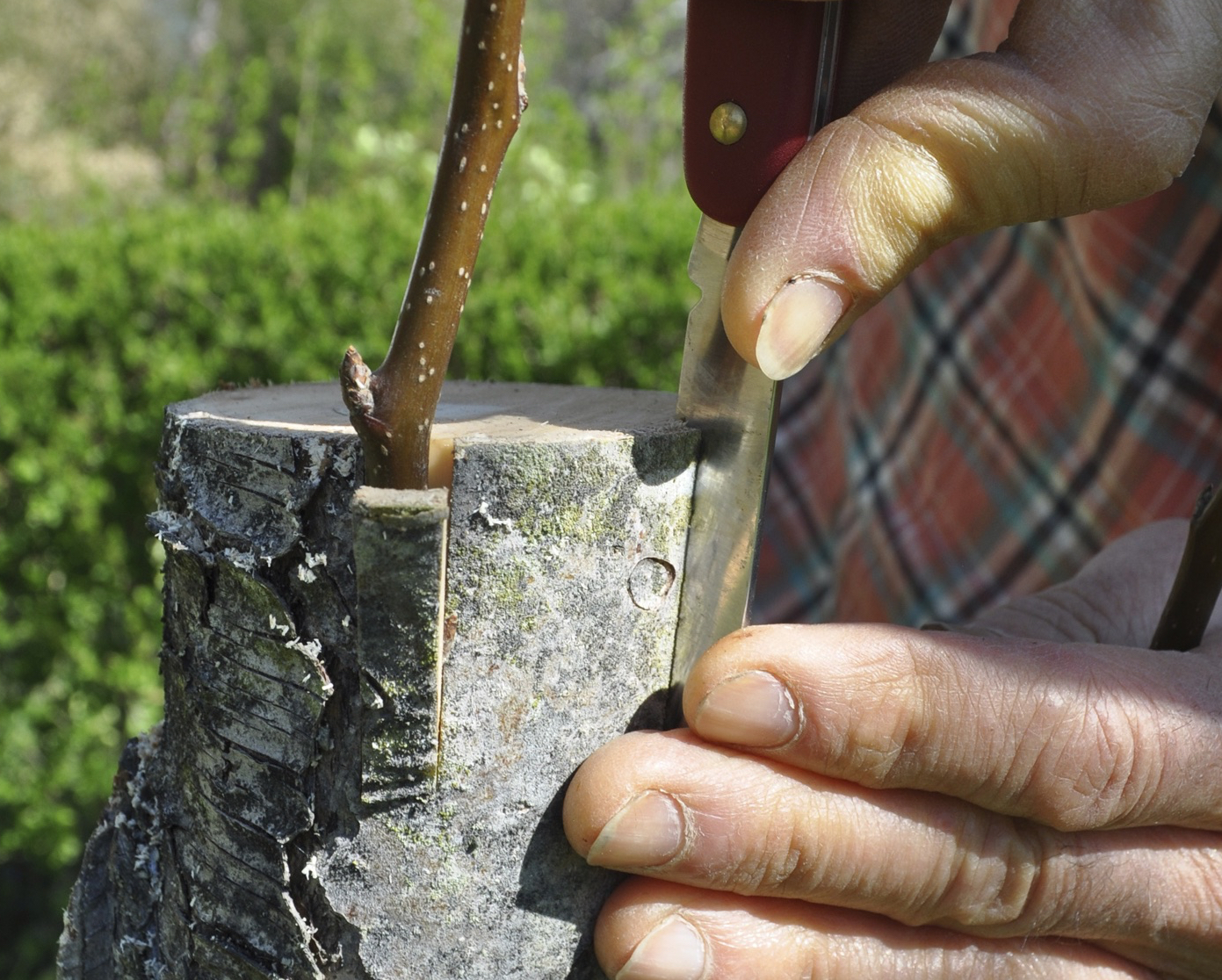
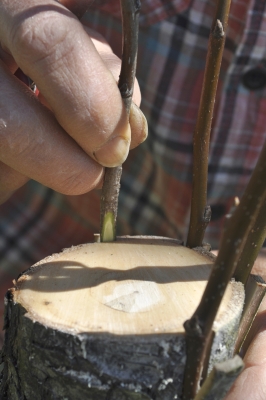
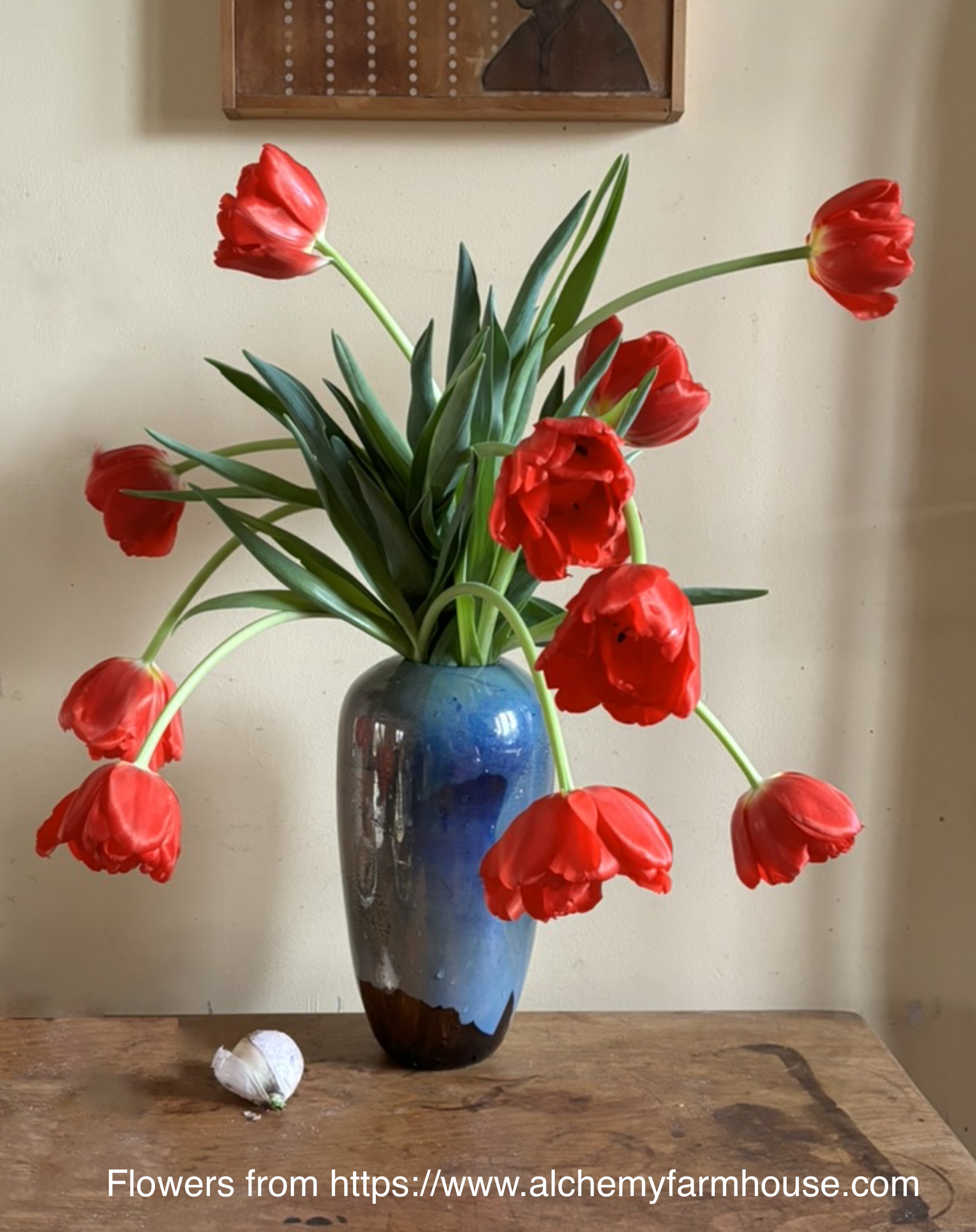
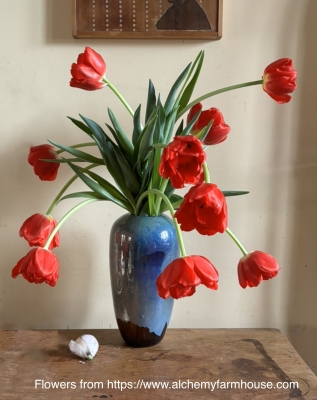 Crocuses probably taste almost as good to these creatures. There’s no need, though, for you or me to forsake the blossoms of spring bulbs; plenty of plants don’t appeal to deer palates.
Crocuses probably taste almost as good to these creatures. There’s no need, though, for you or me to forsake the blossoms of spring bulbs; plenty of plants don’t appeal to deer palates. 